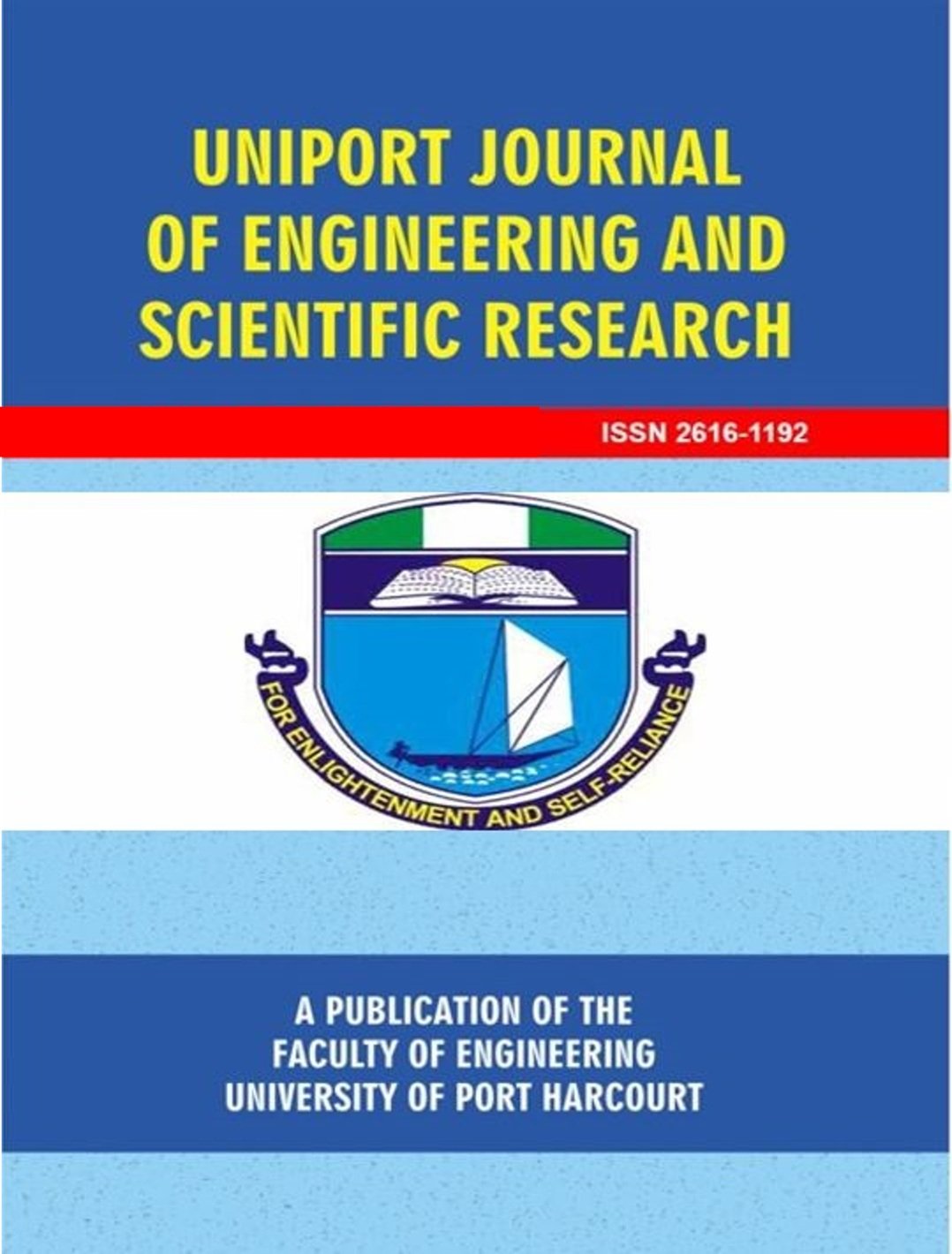Maximizing Productivity of Horizontal Wells by Optimizing the Lateral Length
##plugins.themes.academic_pro.article.main##
Abstract
Compared to vertical wells, horizontal wells offer higher productivity and recovery, while lowering cost and environmental footprint per unit hydrocarbon recovery. The incremental value of a horizontal well increases with its lateral length, but drilling and completion constraints as well as flow-induced frictional pressure losses limit the lengths in the well construction and production phases, respectively. With the objective of maximizing productivity in the operating phase of a horizontal well, this paper couples Borisov’s steady-state inflow model and an analytic wellbore hydraulic (outflow) model to develop algebraic equations of total reservoir and wellbore pressure drop as a function of lateral length. An appropriate friction-factor function that characterizes turbulent fluid flow in both smooth and rough drain holes is employed. First-order derivatives of these algebraic equations were used to establish stationary points that yield closed-form mathematical expression for estimating optimum well length as a function of reservoir and well properties. Sensitivity tests performed on a range of reservoir and well data provide useful insights into the interplay of reservoir drawdown and wellbore frictional losses on the overall pressure drop, and hence optimum well length. Although Borisov’s model applies to an isotropic reservoir, findings from this work should be relevant for practical applications, which include anisotropic systems.

